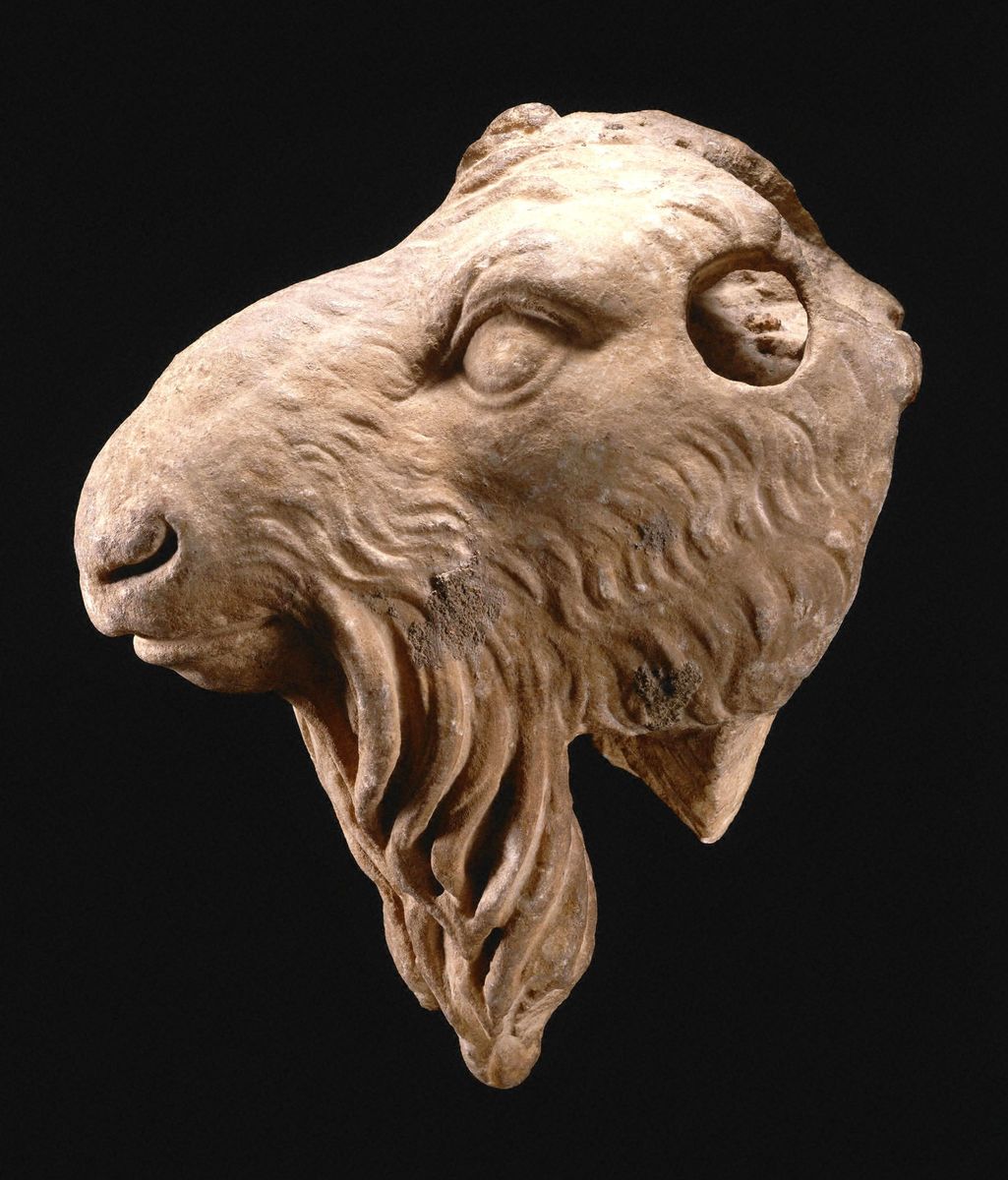Museum Increases Availability of Provenance Information
 As part of the Museum’s commitment to research, transparency, and accessibility, website visitors can find provenance research on an ever-growing number of online collections pages
As part of the Museum’s commitment to research, transparency, and accessibility, website visitors can find provenance research on an ever-growing number of online collections pages
In early 2023, led by its curatorial and art information teams, the Museum took the next step in an ongoing multiyear project to increase the public availability of provenance data by publishing provenance research on its website.
Documenting the ownership history of works of art in their care is a critical part of any museum’s mission, and teaching institutions such as the Princeton University Art Museum bear a particular responsibility—not only to their collections but also to the scholars who research the collections—to make this knowledge available and accessible.
Read more about the Museum’s provenance research practice here.
"The nature of provenance research is that it is incomplete and ongoing, and it requires the coordinated focus of curators, other researchers, and art information specialists,” said James Steward, Nancy A. Nasher–David J. Haemisegger, Class of 1976, Director. “The rigor and transparency with which we approach this work reflect our institutional values and our commitment to bringing to light information that can advance discussions of cultural property ownership and ultimately help to assure that works of art are in the hands of their rightful owners and guardians.”
Early phases of the provenance project have focused on accessibility—publishing thousands of records from the Museum’s 142-year-old archive to its website. By the time the new Museum opens in 2025, the Museum intends to have available online all known provenance information for every Museum object that will be on view in the new galleries. Future phases of work include making this information more searchable by standardizing the data and publishing the research on an ongoing basis. As the Museum’s curators continue to research and document chains of ownership for works in the collections, and as analog records are digitized, this information will be made available online. All of this work will soon be augmented by the arrival of a curator of provenance, the first such dedicated position at Princeton.
This work builds on cultural sensitivity efforts carried out over the past thirty years, including research into works of art that may have changed hands during the Nazi era in Europe (1933–45) and works that are subject to the Native American Graves Protection and Repatriation Act (NAGPRA). Such detailed, and often collaborative, long-term research is vital to fulfilling the Museum’s teaching and research mission and to serving and upholding the public trust.
While progress to date is significant—as of this writing some 19,000 collections objects now have provenance data available on the Museum’s website—much remains to be done. The effort to paint a fuller record of a single object’s history may require partnership with archives, organizations, and governments. Some histories are likely never to be recovered, but the Museum is committed to making the effort.